This tea has been given as a gift three times, and is rather special.
"Zhenru Chancha"
A friend of the (Chinese branch of our) family happens to be an architect, who performed some work for Zhenru Chanshi [Zhenru Zen-Temple], in Jiangxi province. This is, in itself, one would imagine, "good karma".
The abbot of the temple gave this lucha as a gift. The friend then gave it to my wife's cousin, who finally gave it to my wife. It has had quite a journey before coming to rest at our humble tea-table, and I feel that its significance grows with each giving. (I'm a sentimental type, after all.)
"Chan Cha Yi Wei" - "Tea Zen, One Taste"
Pictured above, the interior package reads "tea, Zen - one taste", which has become one of my favourite little sayings. We often associate Zen with Japan, and yet it is sometimes easy to forget that the first 700 or 800 years of Zen (a.k.a. Chan) took place in China*. Indeed, Zen/Chan became the dominant form of Buddhism in China during the Tang and Song dynasties, making it live comfortably alongside Daoism and Confucianism as China's effective national philosophies.
Most modern Zen Buddhists these days identify themselves as being either Soto or Rinzai, yet these are actually 9th-century Chinese schools: Caodong and Linji, respectively. The Japanese names are merely transliterations of the characters.
I remember that the first cakes from Nadacha (predating Essence of Tea) were named after this phrase, and I was pleased to see the same phrase carved into the mantel above a charming tea-house in central China.
*If we take the start of Zen/Chan to be the teachings of Daruma/Damo/Bodhidharma, acknowledging the supposed "lineage" of 26 patriarchs between Bodhidharma and Mahakasyapa, the latter being he who famously smiled at Buddha's twirling flower.
Long and beautiful leaves with a pungent aroma that fills the room when the packet is opened
Zen bookishness aside, the photographs of the Zhenru Temple on the box convey a sense of peace and solitude. "Zhenru" itself is a Buddhist phrase meaning, approximately, "intimate understanding of reality". The temple was built on a mountain now named "Yunzhushan" [cloud-dwell mountain], in Yongxuxian [forever-practice county] of Jiangxi province, well within lucha territory.
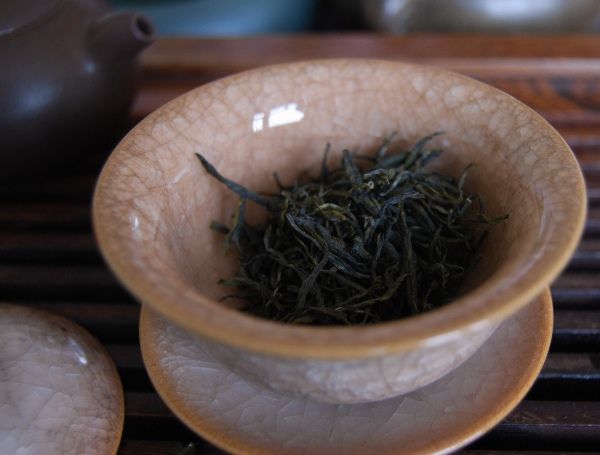
That pungent aroma is of sweet candy, yet seems naturally sweet. My seldom-used gaiwan gets a turn at the tea-table once again.
Later infusions tend towards a sweet yellow
How surprising is the vivid green of the soup! It is almost fluorescent. The sweet, candy-like aroma remains in the aroma-cup for what seems like an age.
In texture, it is thick and gloopy; in flavour, green, vegetal, and sweet. Unlike many lucha, it produces a strong, mouth-watering ending in the throat that tends towards that which I love so much in good pu'ercha.
Like good pu'ercha, it has a pronounced cooling sensation in the mouth, indicative of the excellent quality of the leaves. A hint of Biluochun creaminess, a hint of Longjing roastiness.
I feel particularly grateful to the three gift-givers: the abbot, the friend, and the cousin.

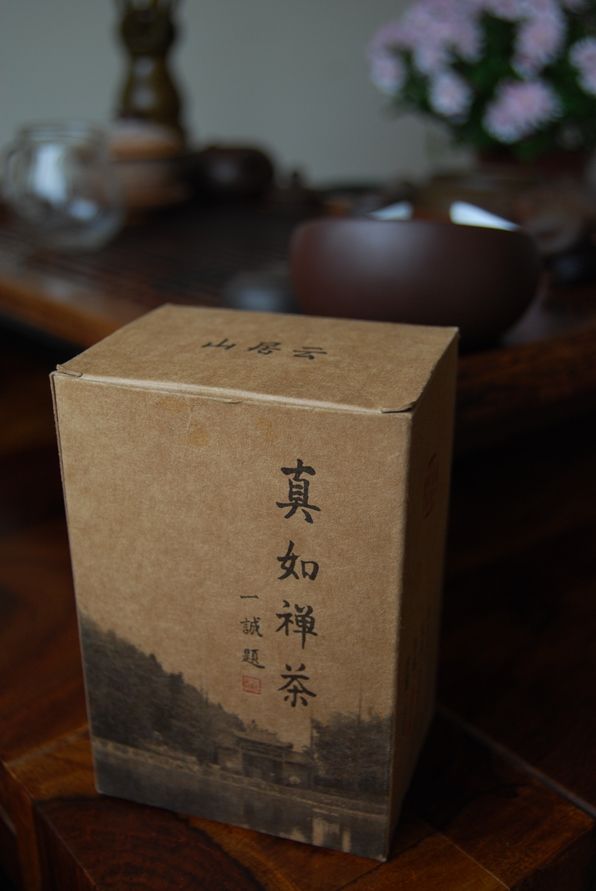
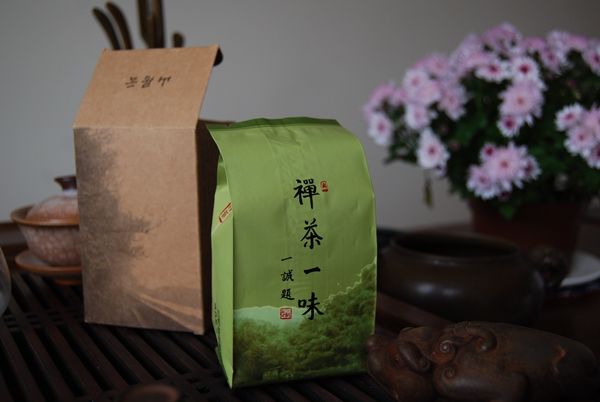
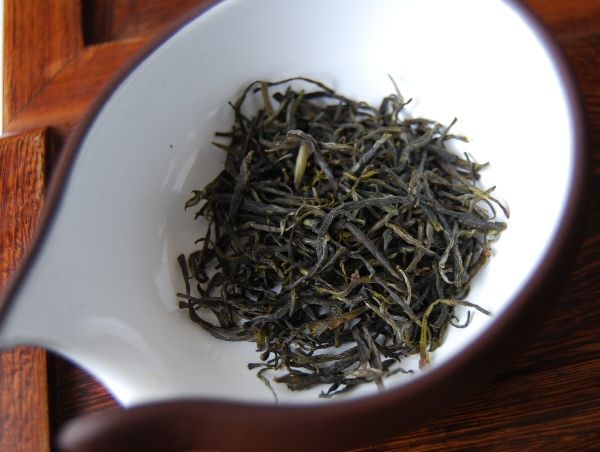
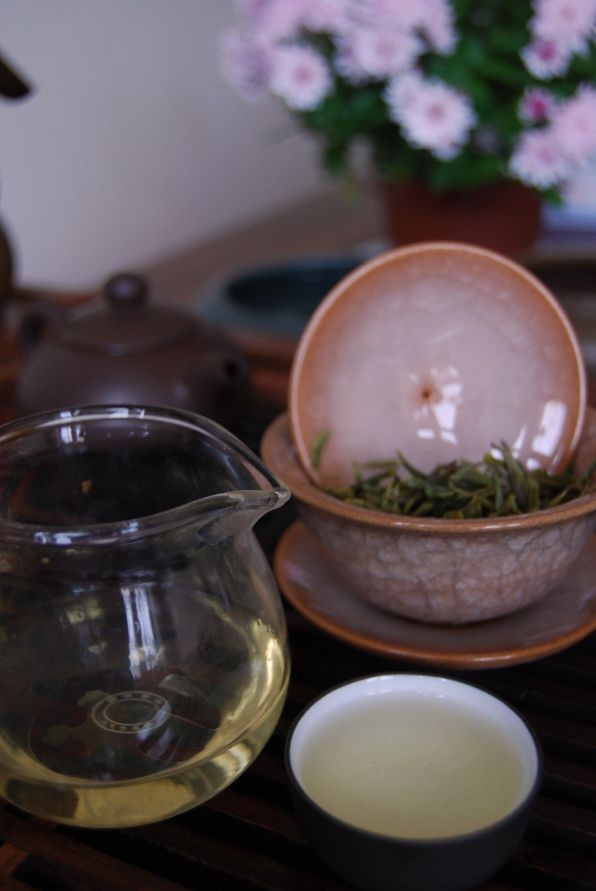
Your story eloquently conveys the subtle art of gift-giving.
ReplyDeleteThree simple moves that unite the long tradition of tea and Chan with guanxi, family and a tea-loving laowai.
And now with us, your readers ... thank you!